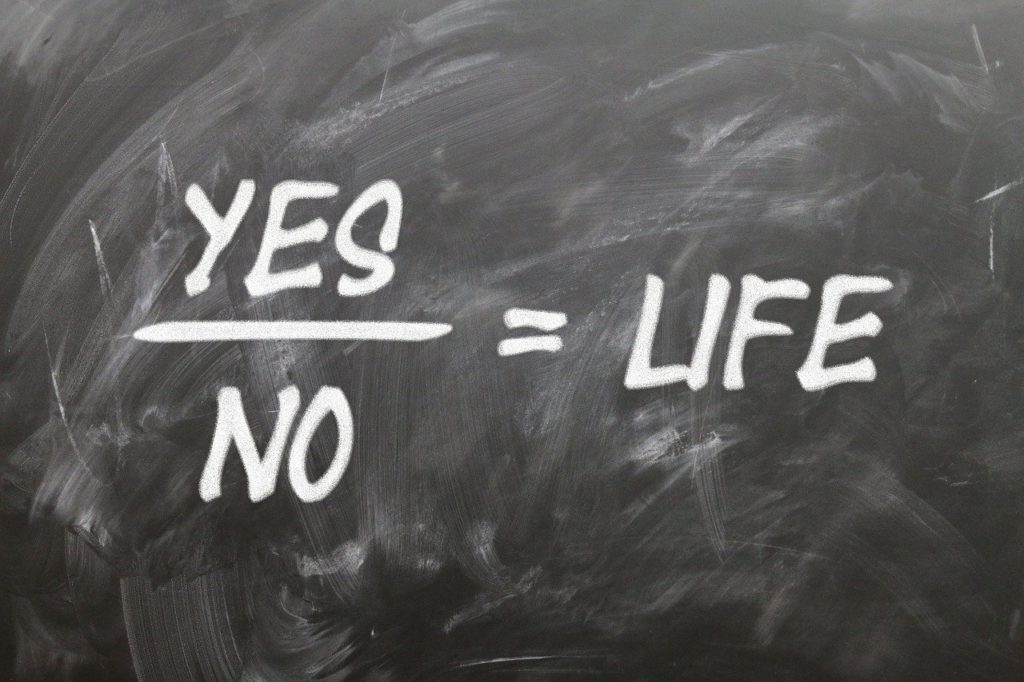Energy is everywhere, and everything we see, touch, and experience involves energy in some form. Energy can never be created or destroyed; it can only change from one form to another. This idea is known as the Law of Conservation of Energy.
For example:
- A light bulb converts electrical energy into light and heat.
- A tree takes sunlight (light energy) and converts it into chemical energy through photosynthesis.
- Humans eat food (chemical energy) and use it to move, think, and grow (kinetic and thermal energy).
Forms of Energy
Energy comes in different forms:
- Kinetic Energy: Energy of motion (e.g., moving car, running).
- Potential Energy: Stored energy (e.g., a stretched rubber band).
- Thermal Energy: Heat (e.g., boiling water).
- Chemical Energy: Stored in food and fuels (e.g., plants, gasoline).
- Electrical Energy: Energy in moving electrons (e.g., electricity).
- Radiant Energy: Light energy from the sun.
Energy Transformation
When energy changes from one form to another, it’s still energy, just in a different form:
- When you eat food, the chemical energy in food is turned into energy that allows you to move (kinetic energy) and stay warm (thermal energy).
- Plants take sunlight (radiant energy) and turn it into sugar (chemical energy), which stores energy for them to grow.
Where Humans Get Energy From
Humans get their energy from many sources, but in simple terms:
- Air (Oxygen): Oxygen is used in cellular respiration, which is how our cells convert the food we eat (chemical energy) into usable energy (ATP). Without oxygen, our bodies can’t effectively release the energy stored in food.
- Food: The energy in food comes from plants, which create their energy using sunlight. So ultimately, the sun is the source of energy for all living things on Earth.
- The Sun: The sun is the main source of energy for everything on Earth. Plants use the sun’s energy to grow, and animals (including humans) eat plants or other animals to get that energy.
Conclusion: Energy is Always Energy
Energy doesn’t disappear; it’s always there, just changing forms. Whether it’s the food we eat, the air we breathe, or the sunlight we feel, energy is in everything and always transforming. Understanding how energy flows and transforms helps us see how connected all life and processes are.
Air Energy
To explain how humans turn air into energy in their body and how plants produce energy, let’s break it down into two parts. This will show how air and energy are essential in both processes.
1. How Humans Turn Air into Energy (Cellular Respiration)
Step 1: Breathing (Inhalation of Oxygen)
- Air Composition: Humans breathe in air, which contains about 21% oxygen. This oxygen is essential for the body’s energy production process.
- Gas Exchange: When you breathe, oxygen enters the lungs and is absorbed into the bloodstream. At the same time, carbon dioxide, a waste product, is expelled from the body.
Step 2: Oxygen Transported to Cells
- Oxygen from the lungs binds to hemoglobin in red blood cells and is transported throughout the body to individual cells.
- Once in the cells, oxygen enters the mitochondria, known as the “powerhouses” of the cells.
Step 3: Cellular Respiration
- Glycolysis: In the first step of energy production, glucose (sugar from the food we eat) is broken down in the cytoplasm of the cell into smaller molecules, releasing a small amount of energy (ATP).
- Krebs Cycle & Electron Transport Chain: Oxygen plays a critical role in the mitochondria, where the breakdown of glucose continues. The oxygen is used to help transform glucose into carbon dioxide and water. During this process, a large amount of energy is produced in the form of ATP (adenosine triphosphate), the primary energy carrier in the body.
Summary: Humans use the oxygen they breathe in to break down glucose through cellular respiration. This process creates energy (ATP), which powers bodily functions like movement, brain activity, and cellular repair.
2. How Plants Produce Energy (Photosynthesis)
Step 1: Photosynthesis Overview
- Photosynthesis is the process by which plants convert sunlight, carbon dioxide (from the air), and water into glucose (a sugar) and oxygen.
- This process takes place in the chloroplasts, specifically in structures called thylakoids within plant cells.
Step 2: Light Reactions (Energy Capture)
- Sunlight is absorbed by chlorophyll, the green pigment in plant leaves. This light energy is used to split water molecules (H₂O) into oxygen (O₂), protons, and electrons.
- Oxygen is released into the atmosphere, and the electrons and protons are used in the next step.
Step 3: Calvin Cycle (Sugar Creation)
- Carbon Dioxide (CO₂) from the air enters the plant through small pores called stomata.
- Inside the chloroplast, the energy captured from sunlight (in the form of ATP and NADPH) is used to combine carbon dioxide with other molecules to produce glucose (C₆H₁₂O₆), a form of sugar.
Summary: Plants use energy from sunlight to convert carbon dioxide and water into glucose through photosynthesis. The glucose provides energy for the plant to grow, and oxygen is released as a byproduct, which humans and animals use for breathing.
Key Concepts of Energy in Both Processes:
- Humans: Oxygen from the air is crucial for breaking down glucose in cellular respiration, producing ATP, which powers cells.
- Plants: Carbon dioxide from the air and sunlight are used in photosynthesis to produce glucose, which stores energy for the plant.
Would you like to add more on how these processes are interconnected, or any specific examples for your class or blog?

